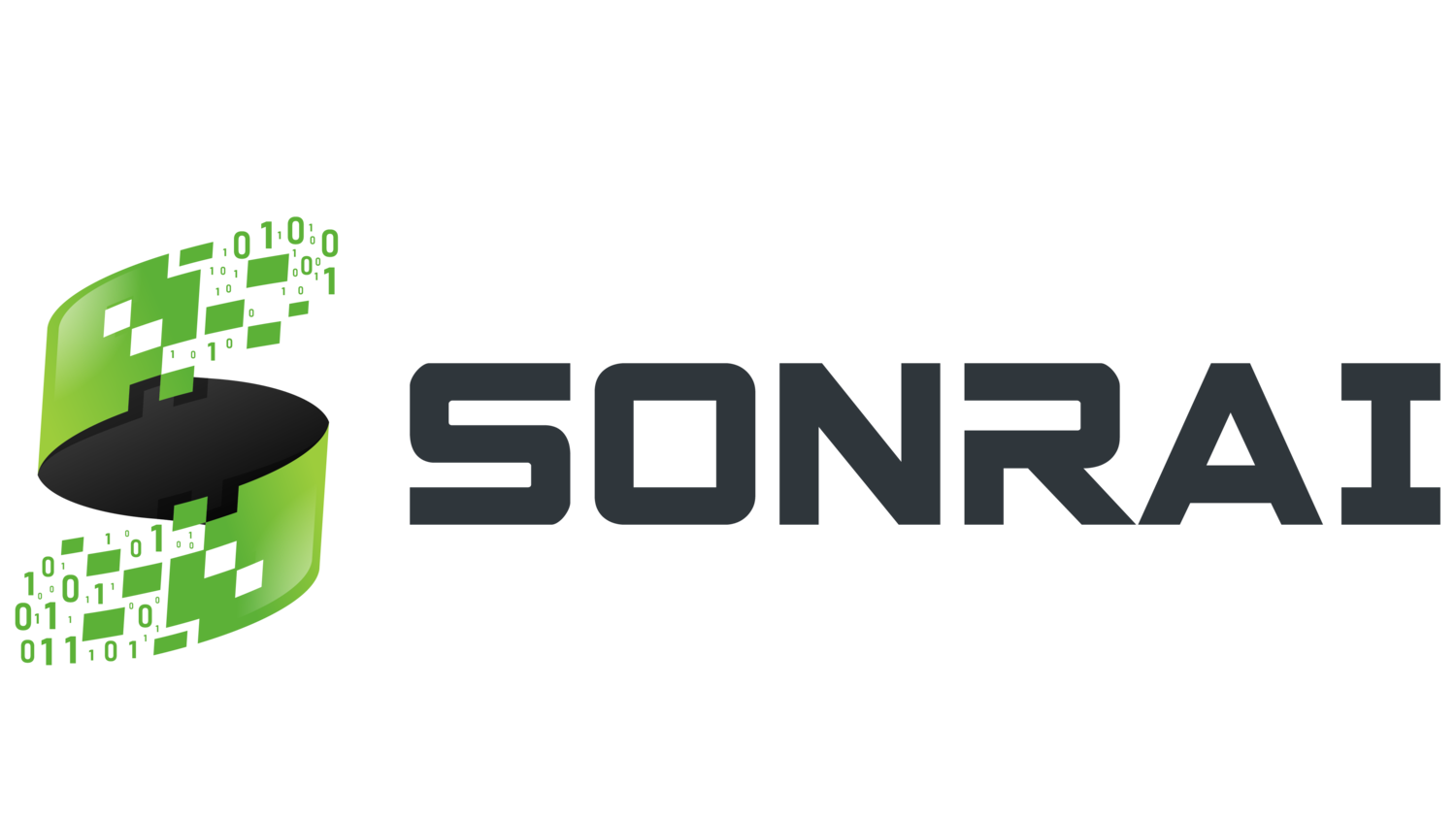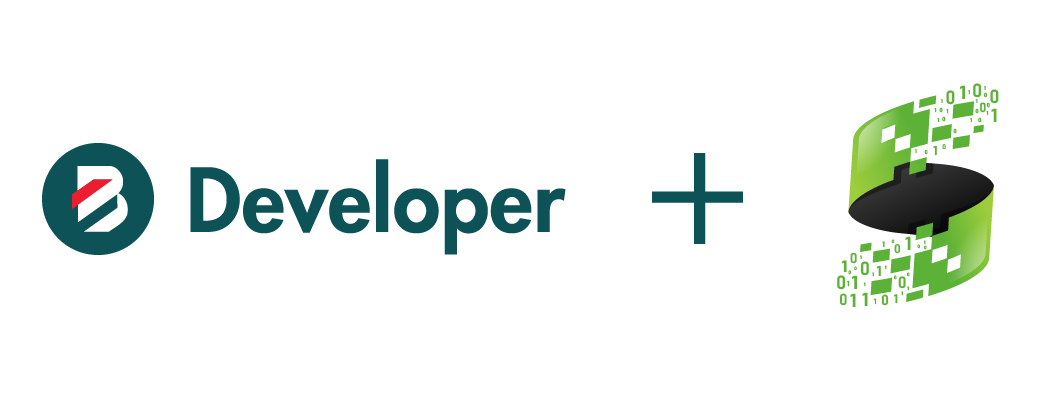Bunnings Developer Portal Launch
If you thought Bunnings just sold hardware, think again! It’s in the software business too. APIs provide a significant part of powering Bunnings’ point-of-sale, inventory systems, as well as keeping goods well-stocked on the shelves and in customer’s hands.
As part of their digital strategy, we are happy to announce that Bunnings have recently launched a developer portal connecting developers straight into their API program: https://developer.bunnings.com.au. Adding this key capability to their API Program allows Bunnings to open up their APIs to the public and their partners for the first time.
Sonrai Experience
Sonrai played a leading effort in designing, building and testing their new developer portal. Developer Portals, unlike many websites, are designed for a particular audience; software developers. We were able to provide Bunnings with our experience in creating developer programs and developer portals to make sure that those developers looking to discover, learn and use their APIs would have a delightful experience.
Our Goal
As always, we aim to complete high-quality work, and in this case implement a beautiful, functional and user-friendly developer portal that will be used by developers to access API Products on offer by Bunnings, and for API Owners to publish their APIs products.
What makes a good developer portal experience?
A developer portal should ensure the quickest possible way for a developer to get from zero to 200 OK, commonly known as TTFHW (time to first hello-world). To do this it takes many parts to come together, here’s a few ingredients that we’ve found are crucial:
Extensive Documentation - more documentation is better than too little, but it must be organised clearly and cleanly.
API Catalogue - without it your APIs don’t exist.
OpenAPI Specs - the lingua franca of RESTful APIs, both for people and machines to understand.
Postman collections - we’ve found that well-structure Postman collections are the best way for developers to get started immediately.
Easy navigation - design of the site must facilitate easy navigation, with all public API documents available without the need to log in.
Self-serve - registration and the ability to try public APIs must be done without manual intervention.
There are many other ingredients to making a developer portal an even better experience (blogs, SDKs, sample code, API status page), as they all add a richness to the experience.
What did Sonrai do?
Creating a developer portal from the ground up isn’t easy work. It’s not like throwing a Squarespace site together in a few days. Here’s what we did to ensure a great experience:
Development of High-Fi wireframes of Drupal 9 Developer Portal based on Bunnings’ branding and style guides.
Development of UX diagrams and user journey flows.
End-to-end solution architecture.
Installation of Drupal 9 Portal, Apigee Modules and Base Theme configured to interface with Bunnings’ Dev, Sandbox and Production API instances.
Configuration of deployment pipelines and Git repos for portal code management.
Configuration of OKTA OpenIDConnect in Developer Portal for user management and role-based authentication.
Configuration of custom domain (developer.bunnings.com.au).
Review and updates of their existing OpenAPI 3.0 Specs.
Development of Postman collections for each API available on the Developer Portal.
Development and/or update of handover guides for Operations to effectively manage the portal environments.
Writing over 14,000 words of documentation for publication on the portal.
Extensive user acceptance testing.
When it comes to making a great developer portal, experience really does count…



